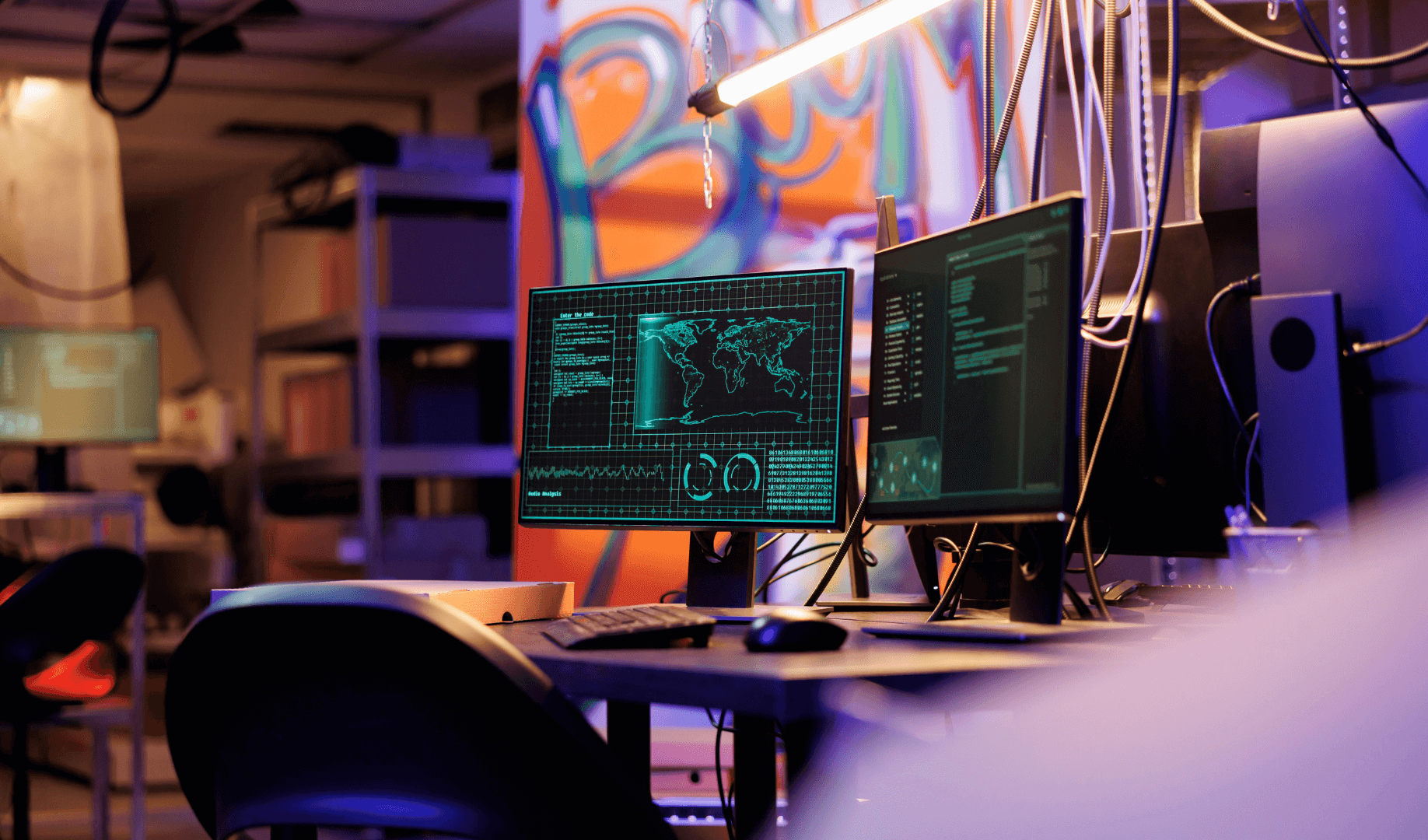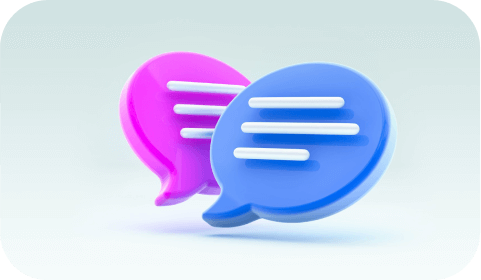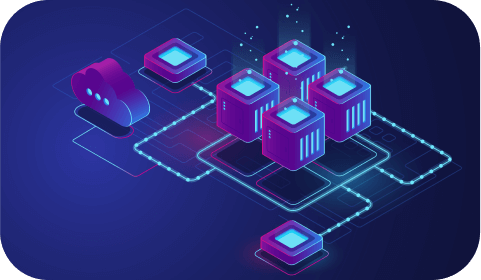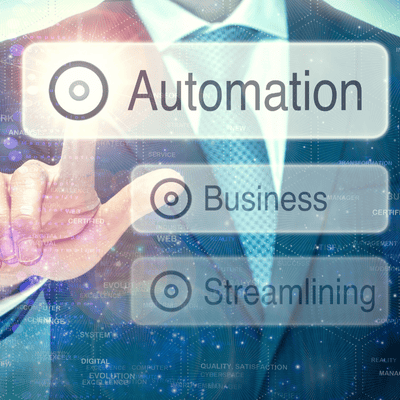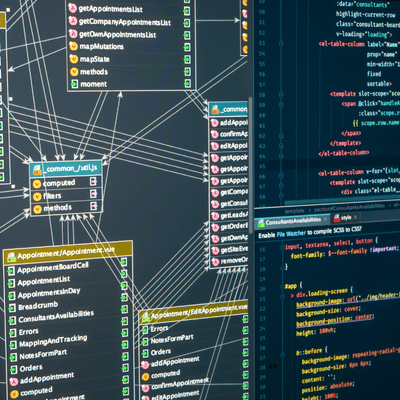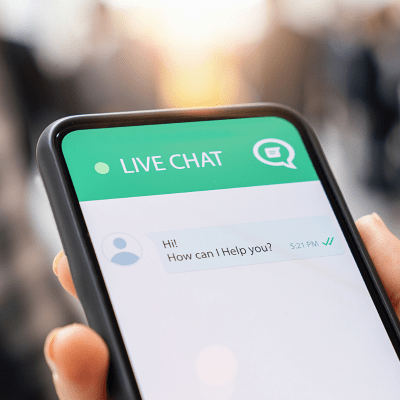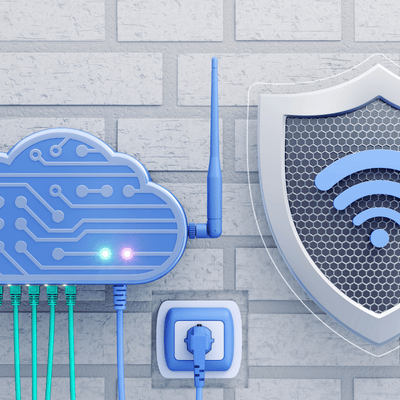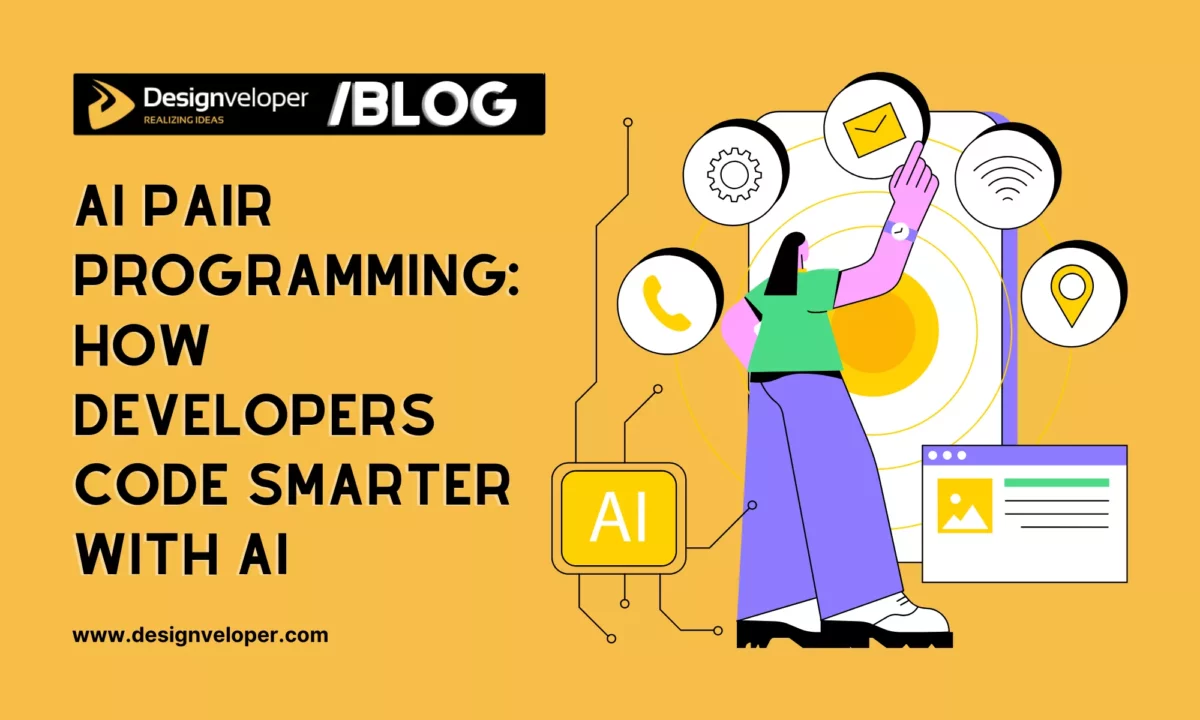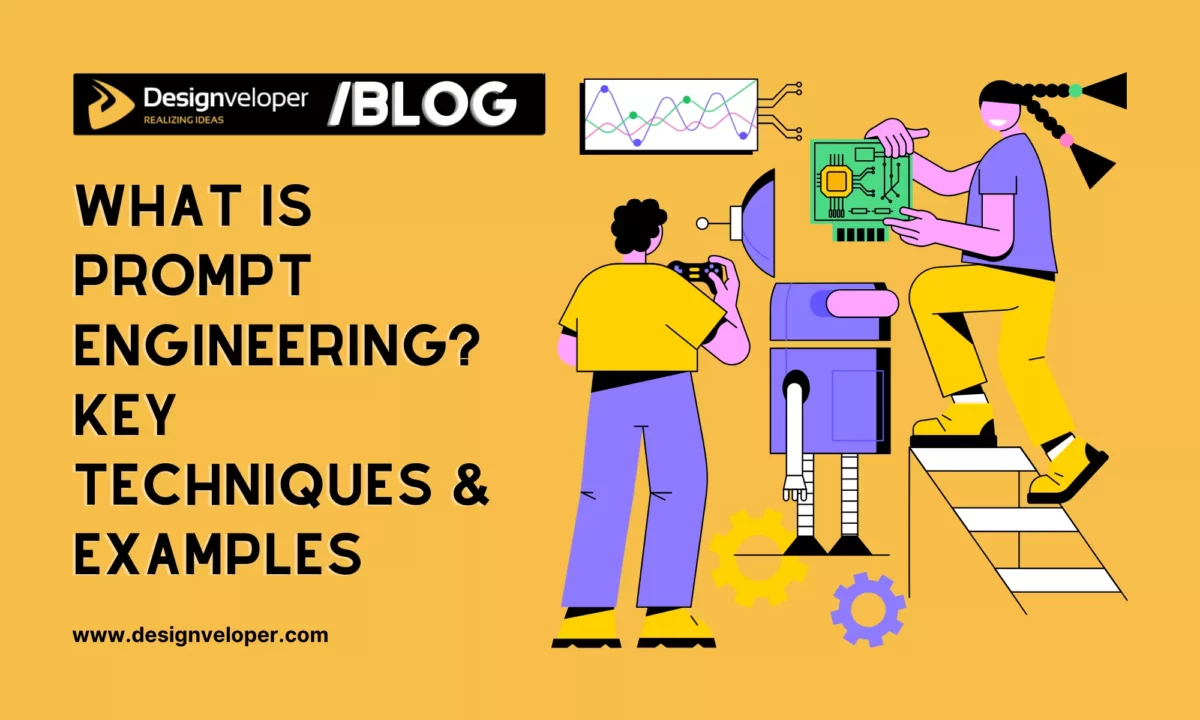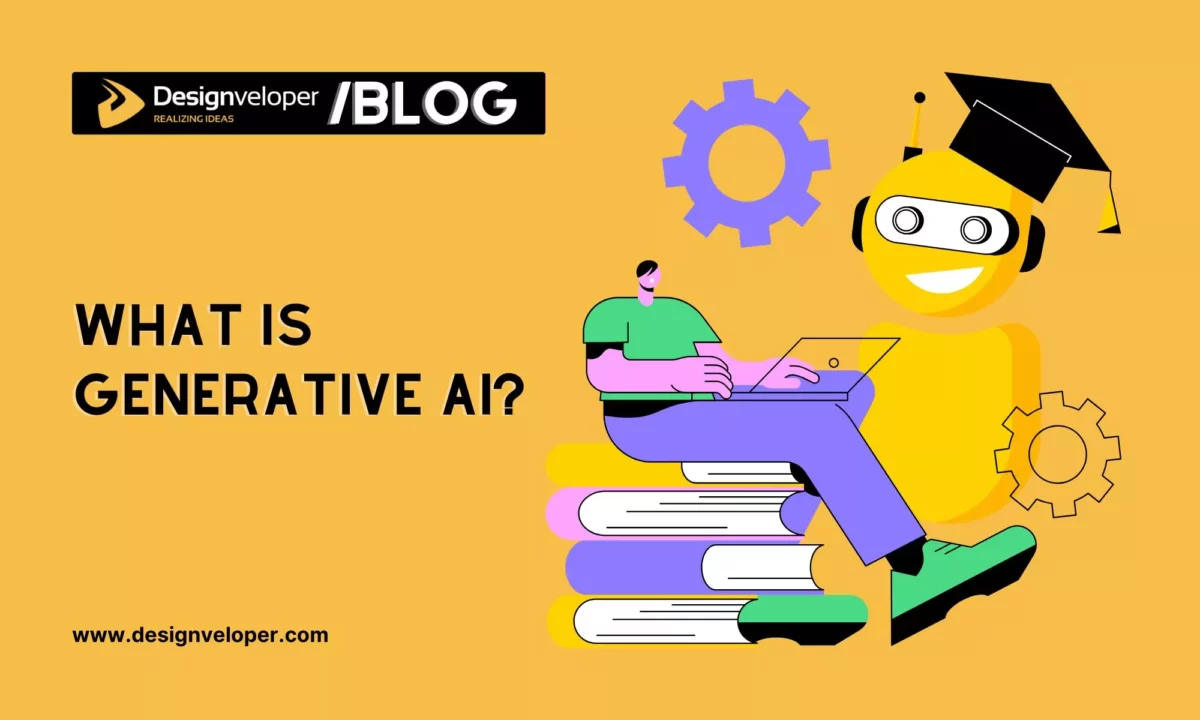
Pair programming has existed for ages. It describes the situation where two developers collaborate on a coding task.
One writes code, while the other reviews it in real-time, catches bugs, and suggests improvements. They take turns writing and reviewing code frequently, boosting productivity and improving code quality.
Pair programming has been a common method in various companies, including Designveloper. But when AI appears and becomes a powerful assistant for many developers, a new concept emerges. That is AI pair programming.
What is it exactly? What are the key benefits and drawbacks of AI pair programming? How can you balance human intellect and AI efficiency to reap the best result?
Keep reading, and you’ll find the answers to these questions in this blog post!
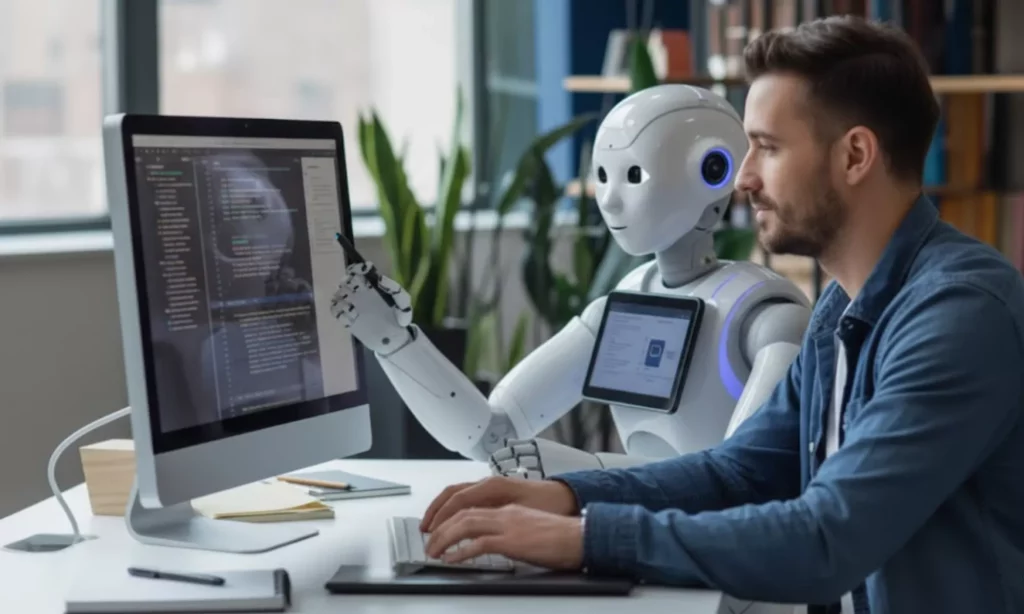
What Is AI Pair Programming?
Based on human-human programming, AI pair programming replaces a human developer with an AI coding assistant. Instead of two human developers working together, AI pair programming enables an individual developer to collaborate with an AI model, like GitHub Copilot or Claude Code.
So, which role does AI play in development? A code writer (“a driver”) or a reviewer (“a navigator”)? In practice, it takes both roles.
Learning from vast amounts of code and understanding your input query, AI can write the entire code, autocomplete code, or support debugging. Additionally, it can explain tricky concepts, build test cases, and generate code documentation on a developer’s behalf.
When GenAI models become smarter, developers increasingly intend to use them as pair programmers in development. One study has shown that 97% of developers leverage at least one AI assistant, and AI models contribute to creating one-third of code.
These statistics show the growing importance of AI pair programming, especially in this era.
How AI Pair Programming Works
The way AI coding assistants work is quite similar to traditional pair programming.
Now, you can directly install common GenAI models, like GitHub Copilot or Claude Code, into IDEs (VS Code, Visual Studio, etc.) through extensions or plugins.
A model works locally, yet connects with the provider’s server to perform coding tasks.
When you type something in your development environment, the extension will send small parts (snippets) of your codebase or current file, coupled with relevant comments, to the server.
This provides the server enough context to understand your project’s structure, variable names, functions, and imports. In other words, this helps AI understand what you’re trying to code, hence suggesting the right sequence of tokens and sending that suggestion back to your editor.
These snippets are not stored permanently in the AI’s backend, but are discarded after being processed. This ensures your private or sensitive code is protected when you work with AI.
That’s what happens behind the scenes.
Meanwhile, in front of the screen, you can ask AI to recommend code, generate new functions, explain existing code, catch bugs, and more.
Key Benefits of AI Pair Programming for Developers

Various research studies have been implemented to find out the actual benefits of these digital assistants compared with human-human programming.
Do AI models still maintain the inherent benefits of traditional pair programming and add perks? Let’s see:
- Boost productivity
Like traditional pair programming, collaboration with AI coding assistants also makes human developers more productive.
These digital assistants can handle repetitive work, like generating boilerplate code or test cases, within seconds.
This not only reduces their heavy workloads, which are dominated by dull tasks. But developers can also have more space to solve complex tasks or build custom functions.
Research has shown that AI pair programming makes solo work less stressful and more efficient.
- Speed up development
Accelerating time-to-market while maintaining good code quality is always the top priority.
Various techniques, like pair programming and Agile frameworks, are introduced to achieve that goal. And now, the advent of AI coding assistants helps speed up development.
They, accordingly, suggest snippets of code, generate entire functions, create documentation, or build test cases at lightning speed. This allows developers to ship code faster.
- Improve learning opportunities
AI pair programming makes developers, especially junior ones, more motivated by giving them golden chances to learn best practices or new techniques.
Besides code generation, you can ask AI to explain its responses. It can also suggest new techniques or solutions without you spending hours reading documentation.
- Save costs
Traditional pair programming often costs more than individual work, as the former adds more person-hours. But with AI, this operational cost can decline.
As we mentioned, AI coding assistants can speed up programming tasks. Also, what you pay for them is monthly licensing fees, instead of basic wages and added person-hours.
Therefore, you can save costs if AI models are used correctly and controllably for programming.
Challenges and Limitations of AI Pair Programming
AI pair programming is not without limitations:
- Knowledge transfer
One of the biggest benefits of traditional pair programming is knowledge transfer.
When two developers collaborate on a single workstation, it’s also a good chance for them to exchange knowledge and complement each other’s strengths. Through discussions and peer learning, they can better understand domain logic, complex algorithms, problems, etc.
Can AI do so? The answer is yes.
But remember that AI has limited reasoning than human developers. It struggles to explain complex logic or suggest original ideas. This makes knowledge transfer less effective.
One research measured moments where pairs exchanged meaningful technical or domain knowledge; that’s called “knowledge-exchange episodes.”
The finding showed that human-human pairs produced 210 episodes, higher than that of human-AI pairs (126 eps).
This highlighted that AI pair programming mainly revolves around code-centric discussions, while human-human pairs have broader conversations, from code and design to side talks.
- Code quality (maybe)
AI is sometimes criticized for its poor-quality code. Many developers even joke that they take a few seconds to generate code with AI, but take weeks to debug its code.
AI is not that bad. Code correctness depends strongly on programming languages. For example, GitHub Copilot can create highly comprehensible Java code (57%).
However, some researchers, like Saki Imai, found that the quality of AI-generated code decreased. Because AI coding assistants tend to delete essential lines in the codebase.
- Over-dependence
Despite code quality, developers still trust and depend heavily on AI-generated output without challenging or reviewing it often. That’s known as ‘vibe coding’. But adopting AI suggestions too readily leads to concerns about code correctness and quality assurance.
Balancing AI and Human Roles in Pair Programming
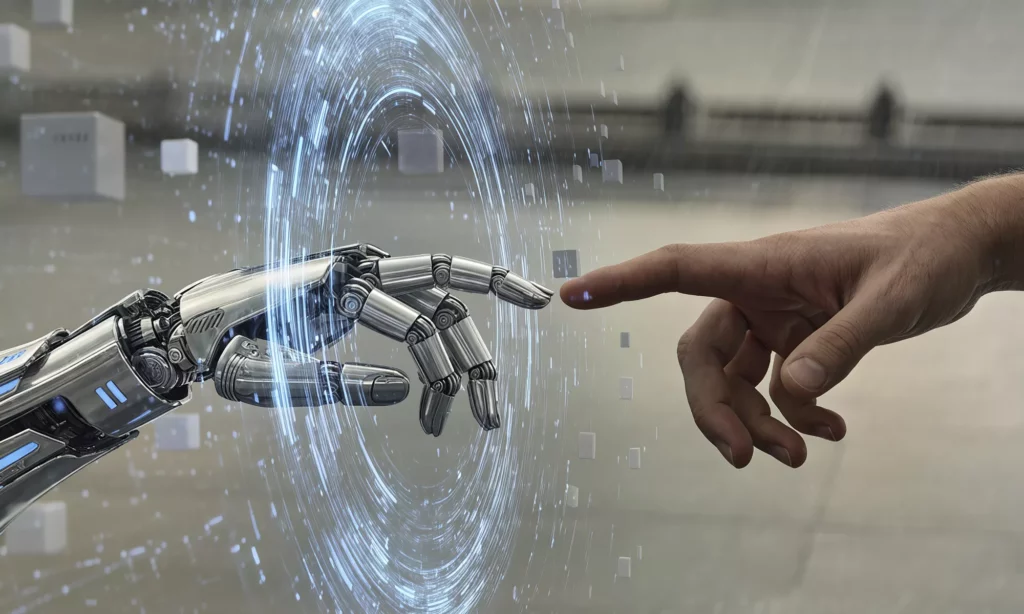
For effective pair programming, balancing AI and human roles is a must. AI coding assistants are not the main players in the development process, but your powerful companions.
Understanding what AI and human developers excel at helps determine the right roles for each.
In particular, AI is known for its high speed and automation in data-intensive tasks. Therefore, for repetitive work like creating boilerplate code or test cases, then let AI handle.
AI also excels at suggesting functions, detecting syntax errors, or recommending bug fixes based on what it’s trained on large datasets. Further, you can use AI to explain its suggestions or document code.
And humans?
Well, as a software developer, you understand project goals and codebase context than AI. So, you can provide relevant information (project architecture, coding standards, design decisions, etc.) and file references; this gives AI enough, yet accurate context.
Further, you decide on which AI should build and take on high-level or strategic tasks.
You should maintain code reviews and oversight over AI outputs. This helps you control its logic issues and code quality.
Given these strengths, AI can act as the driver who writes code, while humans play a role as the navigator who regularly checks and improves its output. Sometimes, they can swap their role; accordingly, AI will
By identifying the strong and weak points of each, you can create a collaborative environment for human developers and AI to work harmoniously. This allows your team to take advantage of their strengths while overcoming their weaknesses.
Best Practices for Using AI Pair Programming Effectively
Clarifying the roles of both collaborators (human + AI) helps build a structured workflow to balance their power. Besides, there are other best practices to adopt if you want to leverage AI coding assistants effectively in programming.
1. Collaborate with AI in a structured way
As a software developer, you should ensure the output (code and solutions) that AI generates will meet project goals, coding standards, and other requirements.
You should give AI a clear guide and relevant background information; this helps AI create relevant, meaningful solutions.
Besides, you should schedule regular audits and reviews to keep AI’s output correct and avoid over-reliance.
2. Communicate with AI effectively
AI will not understand your intent and produce desired outputs if your prompts are vague or lack necessary information.
That’s why prompt engineering is crucial. It keeps your prompt clear and specific enough for AI to work on.
Depending on your intent, your prompt can include input parameters, examples, reference sources, and other background information.
For example, don’t just say, “Develop a login form.” Specify the prompt instead, like “Develop a login form using React and Bootstrap with email and password validation.” Detailed instructions show what AI should do and avoid off-topic outputs.
Besides, AI acts as your pair programmer. Therefore, you should converse with AI to exchange feedback and knowledge iteratively.
This allows you to improve AI suggestions – whether for code or debugging solutions, enhance code quality, and even encourage both to learn from each other’s expertise.
3. Consider security and compliance
AI doesn’t need to take responsibility for its outputs, but you do. Minor flaws can ruin the whole work, take much more time for rework, and even lead to legal risks.
So, it’s crucial to ensure AI-generated code complies with security best practices and industry standards (e.g., GDPR or CCPA).
Further, you must frequently check security flaws and code integrity to spot and solve potential risks.
4. Improve AI skills and creativity
AI plays an important role in automating repetitive work, hence speeding up part of the development process.
However, it turns to become a nightmare if you don’t know how to prompt it effectively or rely heavily on its outputs without thorough reviews.
That’s why you need to practice prompt engineering and learn from AI suggestions. These AI skills are essential to keep you working effectively with your AI partners.
Meanwhile, you should need to improve problem-solving and critical thinking.
For example, when the AI recommends a code, don’t trust it completely. Instead, you must evaluate its correctness, relevance, and efficiency compared with the project’s requirements. Otherwise, you may encounter the final code that fails to run and waste more time fixing it.
Conclusion
The advent of AI leads to the new concept discussed throughout this post: AI pair programming.
Traditional pair programming involves two human developers working together. Meanwhile, AI pair programming replaces one of the two developers with AI coding assistants.
Instead of coding everything from scratch, you can let AI do repetitive tasks in which knowledge exchange, learning, and brainstorming aren’t important. This leads to faster development and reduced workloads.
However, AI is not always perfect. Assigning AI the wrong roles or trusting its output 100% can make the final product fail to work.
Therefore, adding human judgment, creativity, and regular reviews is crucial. This helps you keep AI performance in control, identify issues early, and create secure code.
Are you looking for the best software engineer to collaborate on your project?
Here at Designveloper, you can access a talent pool of 100+ skilled and dedicated developers, designers, and other specialists. They have deep technical expertise across 50+ programming languages, libraries, and tools, including emerging techs like AI/ML.
Our team has also adopted pair programming since 2017. We leverage Hubstaff to track our work progress and derive meaningful insights into our real results.
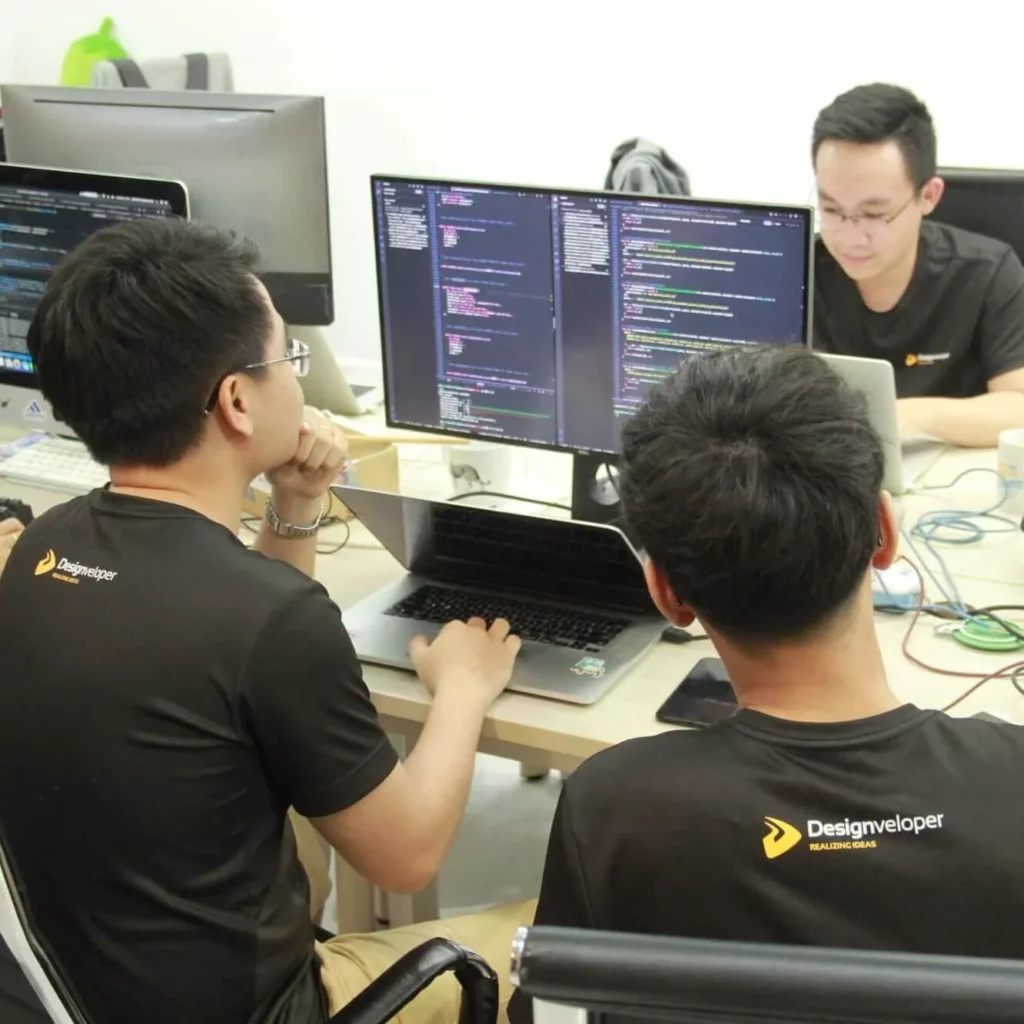
With pair programming, we have improved code quality and knowledge transfer. We also reduce staffing risks and save programming time.
Coupled with other professional techniques like Agile frameworks and Pomodoro, we have successfully delivered scalable, high-quality solutions across industries.
You wanna bring your idea to life? Don’t hesitate to share your idea with us! Let’s build working solutions together!






Read more topics















